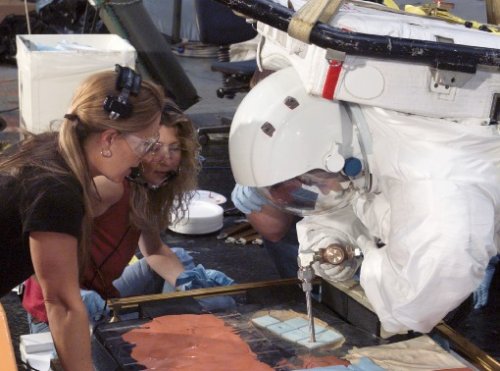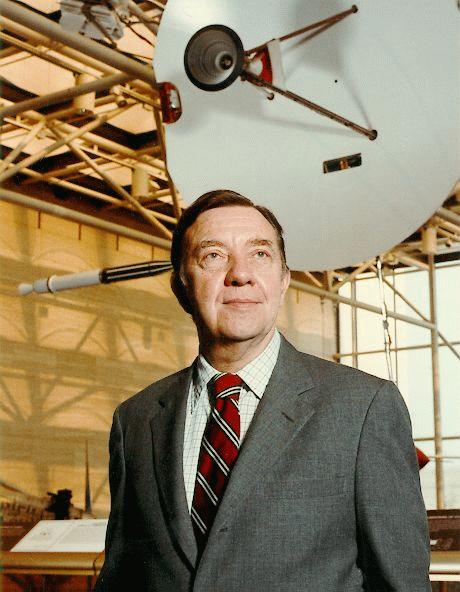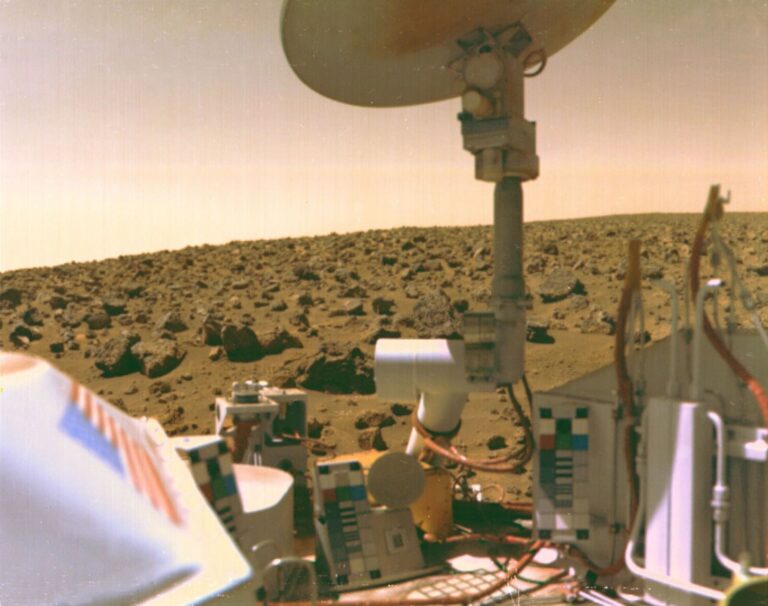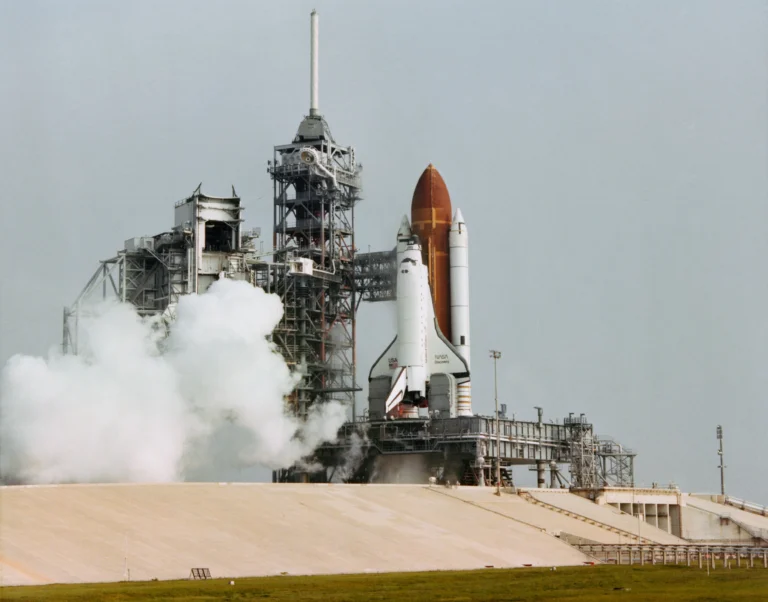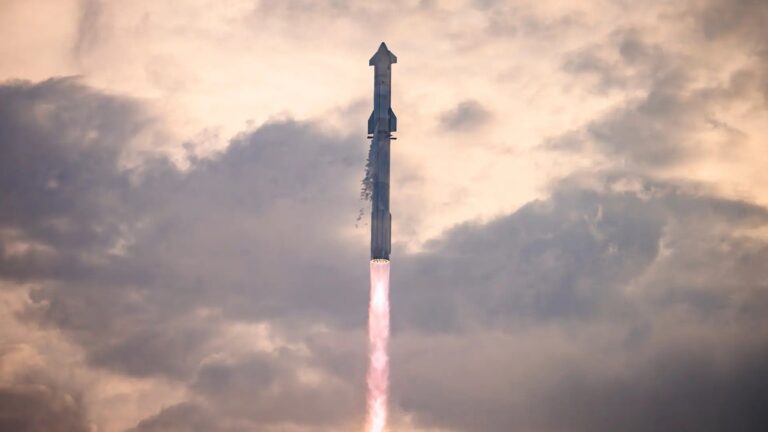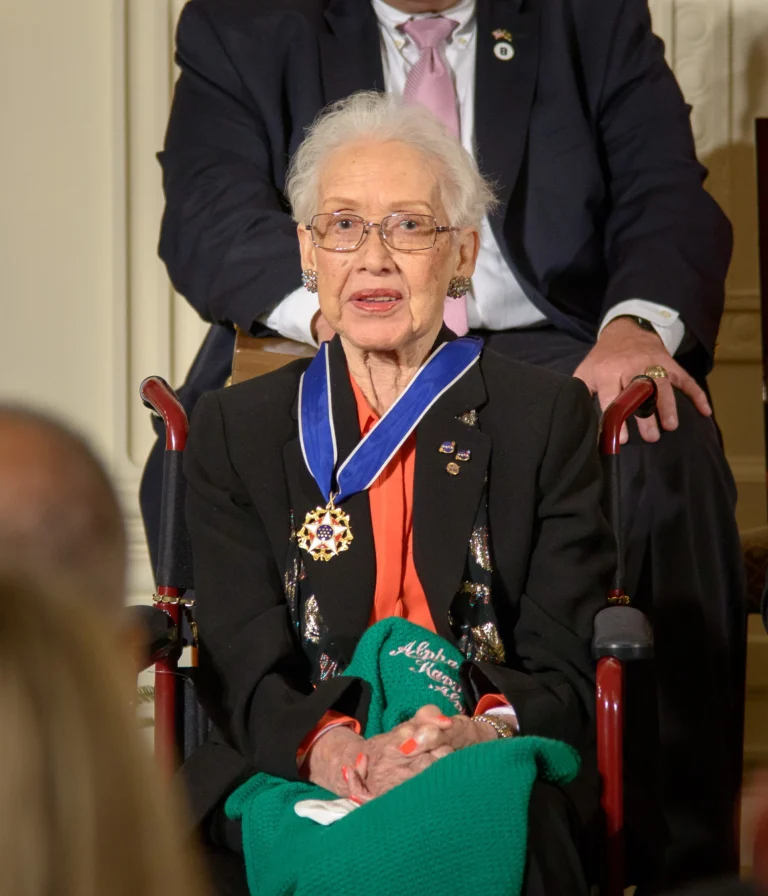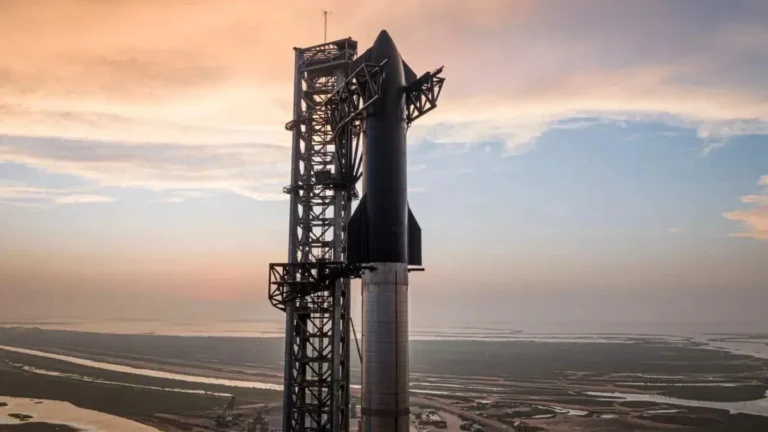Key Takeaways:
At a press briefing December 6, NASA Space Shuttle program managers reported steady progress toward a return to flight. Before the end of December, they said, the space agency will submit to an oversight board “closure packages” for the remaining 10 steps (out of 15) necessary to let the shuttle fly again.
The 15 recommendations come from the Columbia Accident Investigation Board (CAIB), created after the shuttle Columbia broke up on reentry February 1, 2003, killing its crew of 7. NASA already “conditionally closed” 5 of the CAIB recommendations in April and July 2004. The oversight board, called the Stafford-Covey Task Group, will next meet December 16.
The CAIB found the Columbia disaster was caused by a small piece of insulating foam falling from the large external fuel tank during launch. The debris struck the underside of the left wing near the leading edge. This created a hole for hot gases to enter the wing and destroy it when the shuttle reentered after about a week in Earth orbit.
NASA has revised its methods for attaching foam to the tank, reducing the maximum size of possible debris to no bigger than 0.008 pound. According to Wayne Hale, deputy space shuttle program manager, this is well below the 0.03 pound size NASA believes could damage the shuttle. The piece that struck Columbia weighed more than a full pound.
The CAIB report urged NASA to develop a way for astronauts during flight to inspect the orbiter and make emergency repairs to its insulation tiles and reinforced carbon-carbon panels.
At the briefing, however, space shuttle program manager Bill Parsons acknowledged setbacks in the most promising repair method. Testing has shown the adhesive used clings to the tiles but develops bubbles in a vacuum and might let go on reentry. As a result, Parsons said, the next shuttle flight, scheduled for May-June 2005, might be launched before engineers perfected a fixit kit.
“I would be very surprised if we had a certified repair technique” in time for the flight, Parsons said.
He noted that having a tested ability to make repairs in orbit is “not a requirement” for launch. If all else is in order, Parsons said, “we would fly with whatever capability we have.” Yet, he said, NASA hopes to have at least some kind of repair kit aboard, if only for testing.
Looking at the bigger picture, Parsons noted the space agency expected to have the next shuttle flight, STS-114, ready to fly during a launch window that runs from May 14 to June 3, 2005. But, he stressed, the shuttle will not fly until ready.
Hale echoed the thought: “We’re not going to succumb to some kind of emotional schedule pressure because we picked a date, and ringed it on a calendar, and we think our reputation depends on launching on that date.”
The May-June launch window was chosen to allow the shuttle, in an emergency, to fly to the International Space Station and use it as a temporary “safe harbor” for the shuttle crew until a rescue flight could be mounted.
A rescue shuttle flight, said Parsons, would take 30 to 35 days to prepare and launch; studies show a shuttle crew could remain at the station for about 45 days.
STS-114, flying the shuttle Discovery, will be under the command of three-flight veteran astronaut Eileen Collins, with shuttle pilot James Kelly. The crew also includes mission specialists Charles Camarda, Wendy Lawrence, Soichi Noguchi, Steve Robinson, and Andy Thomas.
The fleet of three shuttle orbiters (Atlantis, Discovery, and Endeavour) has been grounded since the Columbia disaster.

